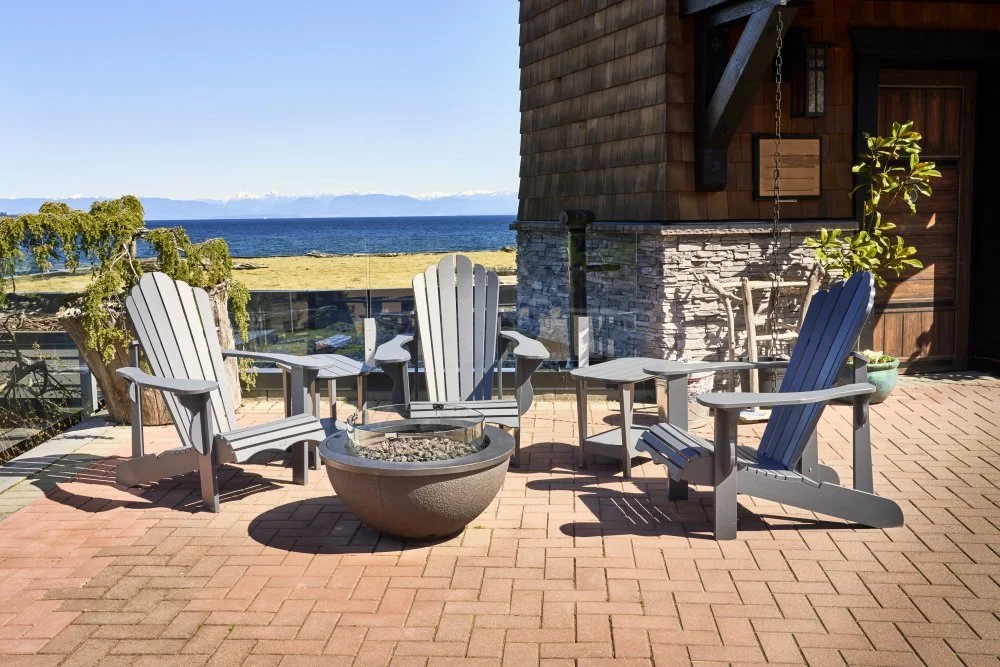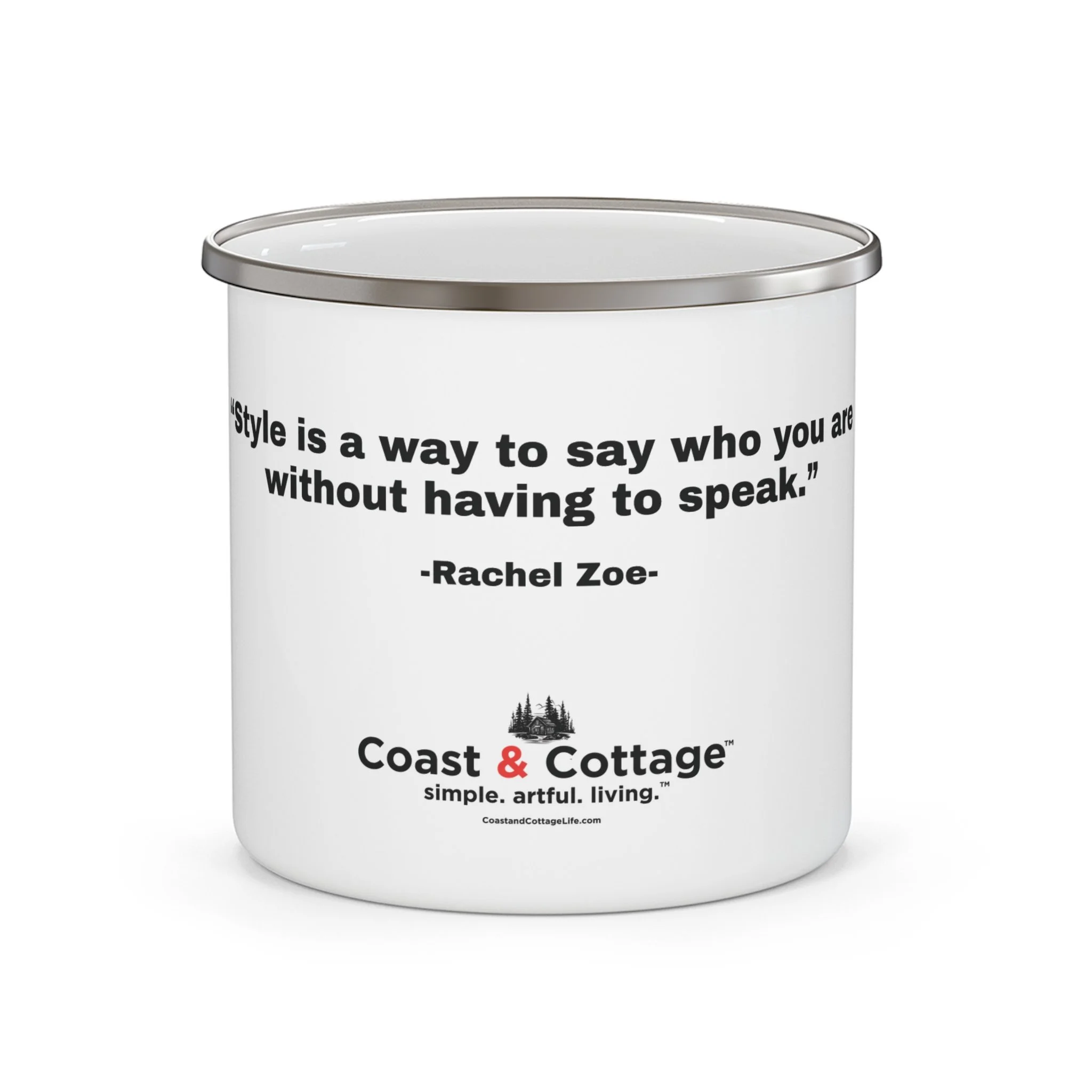The Classic Adirondack Chair
“Every Adirondack chair holds a thousand quiet sunsets.”
The Adirondack chair is a classic piece of American outdoor furniture known for its wide armrests, slanted seat, and high back—all designed for comfort and relaxation. Its history dates back to the early 20th century and is rooted in the scenic Adirondack Mountains of upstate New York.
Origins: The Westport Chair (1903)
The Adirondack chair was originally invented in 1903 by Thomas Lee, a vacationer from Massachusetts who was staying with his family in Westport, New York, a small town in the Adirondacks. Seeking the perfect outdoor chair for his summer home, Lee crafted a prototype using eleven flat wooden boards. The chair had a straight back, sloped seat, and wide armrests—ideal for the uneven mountain terrain.
A Weird History…
Patent and Commercialization
Lee shared his design with a local carpenter and friend, Harry Bunnell, who quickly saw its commercial potential. Without Lee’s knowledge or permission, Bunnell filed for a patent in 1905, naming the design the “Westport Chair.” He began producing the chairs in dark-stained wood, marketing them as rustic outdoor seating for hunters and vacationers. Bunnell’s chairs were a hit, and he produced them for the next 20 years.
“Westport Chair.” He began producing the chairs in dark-stained wood, marketing them as rustic outdoor seating for hunters and vacationers. Bunnell’s chairs were a hit, and he produced them for the next 20 years.
Design Evolution
Over the decades, the design evolved:
Early versions had straight backs and flat seats.
Later models introduced rounded backs and contoured seats for more ergonomic comfort.
In the 1930s–40s, the term “Adirondack chair” became more popular than “Westport chair,” reflecting the region’s growing association with outdoor leisure.
Mid-Century to Modern Day
The Adirondack chair gained iconic status throughout the 20th century. It became synonymous with lakeside cabins, beach homes, and backyard retreats. Originally made from hemlock or cedar, modern versions are now constructed from:
Teak, oak, or pine
Recycled plastics or poly lumber for weather resistance
Folding and rocking versions also became popular





